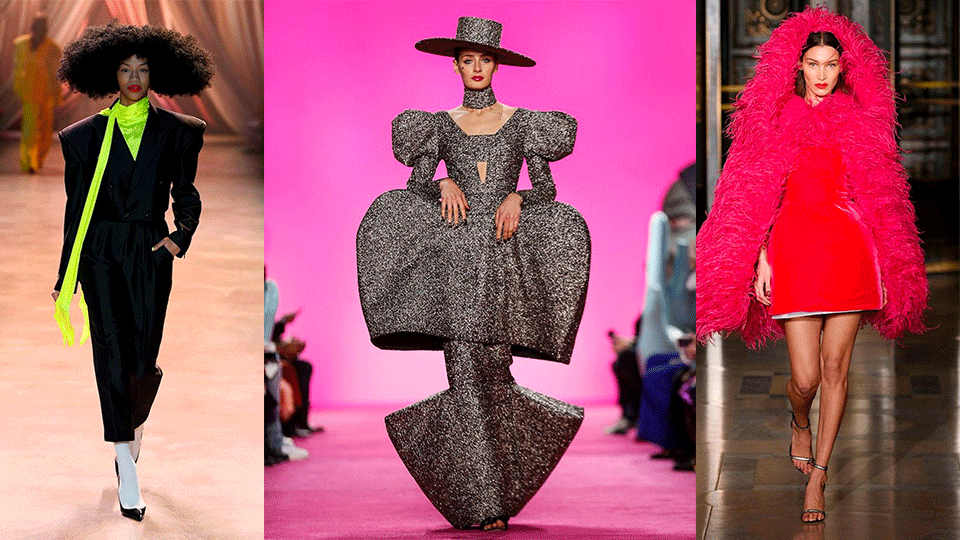- À New Wave to Fashion, À New Way of Living. Download Now on iOS Android Canada SS22
- hello@alahausse.ca
#OOTD for the Gram: Social Media Adapting the ‘Wear it Once’ Culture

Understanding Fairtrade in the fashion Industry
August 13, 2021
Crypto Meets High Fashion
August 13, 2021Written by Alessa Morjaria
Social media has brought upon us a new age of interconnectedness while revolutionizing many industries. It has changed the lives of many since its inception. With broader access to the internet, everything is readily available and instantaneous. Most notably, the fashion industry has been transformed by social media. Any new widespread trend, movement, or hashtag is shared with millions within seconds. The most popular influencers impact what young consumers buy and wear while creating a significant demand on a simple Instagram post. This new era of quick-moving trends and constant pressure to keep up with the latest celebrities’ looks has kick-started the ‘wear it once’ culture. As a result, fast fashion has been able to thrive, which, in turn, is causing more significant environmental and humanitarian issues.
Trends are Emerging Faster Than Ever
Social media is affecting the fashion world by speeding up the rate at which fashion trends come to light. Years ago, a particular ‘look’ would have taken years to travel from NYC to Paris, but they can spread overnight with social media. Trends are no longer defined to a particular place or time – now, fashion lovers are exposed to so many choices and tend to mix and match pieces from different eras. This increased visibility means that fashion trends are coming in and out of style at a rate we have never seen. The 20-year fashion cycle seems to be dead.
With the overload of constant new trends and influences, the faster a particular item comes into fashion, the faster it usually falls out of it. This causes consumers to buy and dispose of clothing constantly to keep up. A recent study by McKinsey and Company discovered that people discard their clothing almost twice as fast as they did 10 years ago. While the lifespan and quality of clothing are deteriorating, mass-producing companies are the only ones benefiting. Clothing becomes single-use and disposable, causing consumers to replace their wardrobes every season. Not only is this economically detrimental for the consumer, but it is also disastrous for the environment.
Influencer’s Impact
With the rise of social media, consumers and those with large followings dictate trends much more than ever. For example, some may say the young internet personality Emma Chamberlain has revolutionized new fashion and thrifted looks with a 13-million Instagram following. Her single post sparked a massive movement shedding light on the 90s look of flared yoga pants and turtlenecks almost overnight. While designers are setting trends with their newest releases, consumers are now making fashion decisions themselves, and retailers must race to meet the demand. This change in dynamic has affected the business models and product lines of the industry. The ever-changing consumer demands often lead to wasted merchandise due to the record rate trends going in and out of style.
Inability To Keep Up With Trends
Large retailers continue to struggle to respond to the speed of trends. “The fact is that we see mobile technology drive shifts in consumer behavior and spending patterns at a faster pace than our industry has been able to keep up with,” said Richard A. Johnson, CEO of FootLocker. Retailers are sacrificing quality and cutting corners to create faster supply chains to keep delivering innovative new styles. This is the basis of fast fashion. Once high-quality brands are now replicating fast-fashion business models to respond effectively to consumer needs.
Fashion Hauls, an Environmental Disaster
Fashion hauls influence the buying patterns and habits of consumers. Typically seen in videos on IG TV, YouTube, or TikTok, hauls are ways for content creators to try on and honestly review an abundance of clothing at once. Hauls are praised for how clothes look on real people since images on models are often misleading, but they encourage overconsumption and unsustainable buying habits.
These consumers are encouraged to value quantity over quality in their clothing the way they value their clothing is changed. These hauls usually showcase low-cost, trendy, fast fashion brands like SHEIN or Zara, where you can purchase an excessive amount of clothing within one order. These videos are targeted to young consumers who are typically unaware of the detriments of unsustainable fashion. This also gives an outlet for consumers to purchase items impulsively by simply clicking a link.
Social Media Is a Powerful Tool
Even though social media has encouraged disposable, single-use fashion and overconsumption, many companies and individuals are bringing awareness for more sustainable options through their platforms. Sustainable fashion influencers are advocating for the slow fashion revolution and other social causes and help consumers differentiate fast fashion from sustainable brands with their online voices.
Via ÀLA.HAUSSE‘s Multi-functional and Multi-purposeful Fashion Ecosystem- BUY/SELL/RENT/LEND/ (swap BETA 2021) mobile application, INDIVIDUALS & brands ( BETA 2021) are encouraged to REBUY, RESELL, REUSE and UP-CYCLE their personal “Clossets” aka Clothing Assets, along with overstock inventory and samples. Through this consumerism habit shift we indirectly slow down the urgency on fashion’s carbon footprint, aiding sustainability as a whole.
BETA Early Access Application Now Open for CA Fashion Lovers: Apply Now for LAST CALL
with Stories on www.alahausse.ca
#ALAHAUSSE #WEARYOURPURPOSE #HAUSSEPEOPLE







